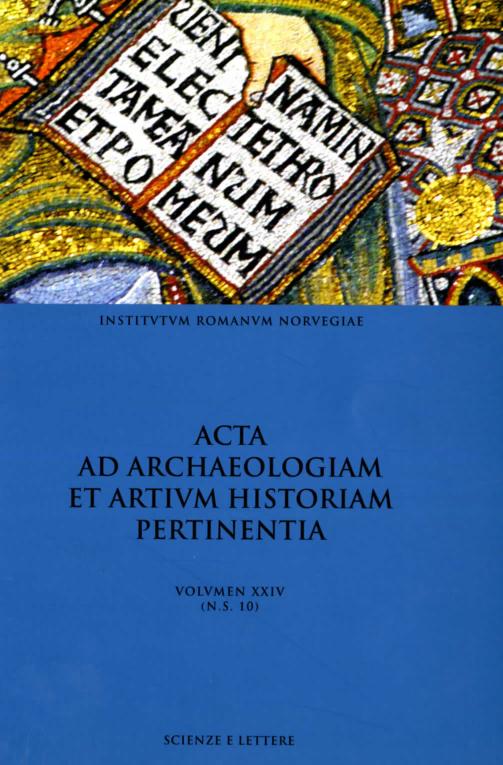An Interpretation of the Early Byzantine Martyr Inscriptions in the Mosaics of the Rotunda at Thessaloniki
DOI:
https://doi.org/10.5617/acta.5775Abstract
The cupola of the Rotunda at Thessaloniki is decorated with mosaics of male martyrs, originally 20 in number. The over life-size portraits are accompanied by inscriptions giving names, occupation or civic status before martyrdom, and the month of celebration. The specific days of commemoration are not given, nor the places where they suffered martyrdom or were buried. The inscriptional brevity is intriguing and presents difficulties with regard to the identification of the individual historical holy men. Neither does it help us understand why these particular 20 saints were selected to appear together in the dome of the church. In this article I offer a reasoned interpretation of who these saints were, when and where they suffered martyrdom and why they were represented in the dome of the Rotunda.How to Cite
Torp, H. (2017) “An Interpretation of the Early Byzantine Martyr Inscriptions in the Mosaics of the Rotunda at Thessaloniki”, Acta ad archaeologiam et artium historiam pertinentia, 24(10 N.S.), pp. 11–43. doi: 10.5617/acta.5775.
Issue
Section
Articles
License

This work is licensed under a Creative Commons Attribution-NonCommercial 4.0 International License.
Authors who publish with this journal agree to the following terms:
- Authors retain copyright and grant the journal right of first publication with the work simultaneously licensed under a Creative Commons Attribution License that allows others to share the work with an acknowledgment of the work's authorship and initial publication in this journal.
- Authors are able to enter into separate, additional contractual arrangements for the non-exclusive distribution of the journal's published version of the work (e.g., post it to an institutional repository or publish it in a book), with an acknowledgement of its initial publication in this journal.
- Authors are permitted and encouraged to post their work online (e.g., in institutional repositories or on their website) prior to and during the submission process, as it can lead to productive exchanges, as well as earlier and greater citation of published work (See The Effect of Open Access).





